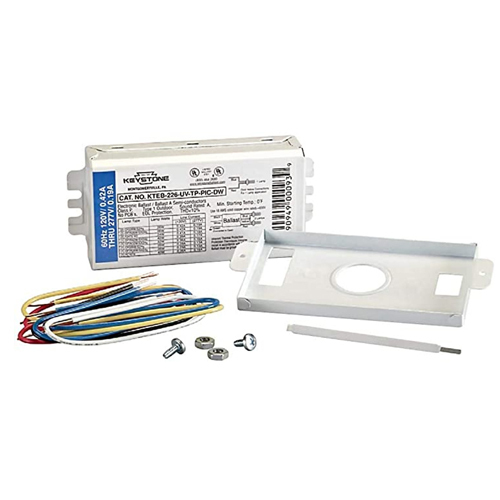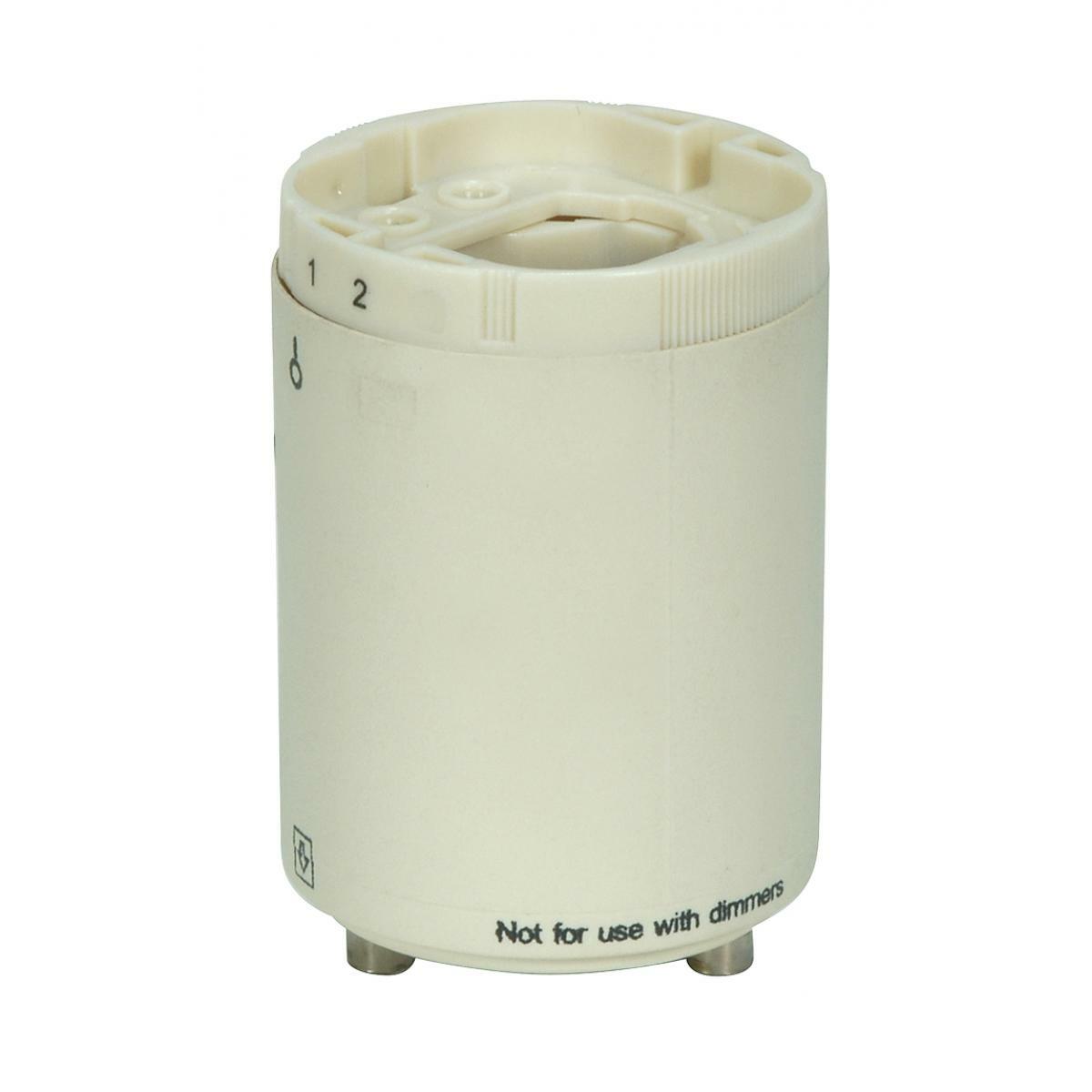Compact Fluorescent Ballasts
Compact Fluorescent Ballasts
Compact fluorescent bulbs are engineered to supplant older, power-hungry incandescent bulbs. These devices use their own specialty ballasts in order to maintain their relatively low energy requirements.
Why Are CFL Ballasts Needed?
While some compact fluorescent bulbs include their own permanently attached ballasts, others operate in cooperation with a separately housed device. These compact fluorescent ballasts are typically combined with circline lights, the rounded bulbs used in work zones and other rooms where space limitations preclude the use of traditional straight-line fluorescent bulbs.
Compact fluorescent ballasts are generally made to fit within a smaller space so that they can work with specialty bulbs. They often include mounting brackets that provide multiple attachment points, so they're appropriate for use in custom and standardized fixtures alike.
When choosing a compact fluorescent ballast, ensure that the input voltage matches that of the local circuitry, which is usually 120 or 240 V in North America. Also, pick a ballast that can support the number of lamps in the target fixture, and check that the device is UL recognized so as not to violate local building or fire safety codes.
Unlike many traditional supply devices, most compact fluorescent ballasts are EISA compliant, meaning that they're right at home within energy-efficient interiors. Some also feature dimmer compatibility, but it's important to match the ballast to the specific control circuitry and lamp for such functions to work properly.


